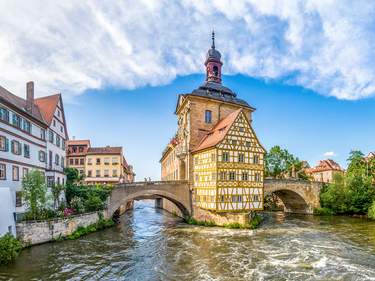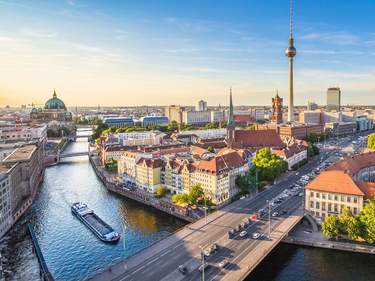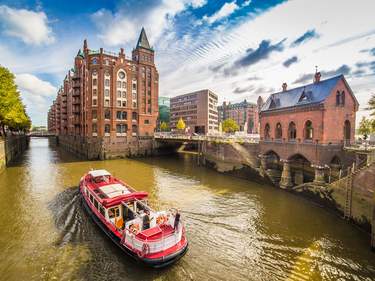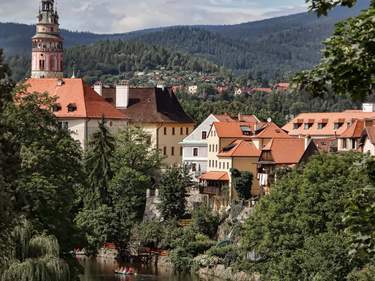Bellavista Cloudforest, Ecuador
Damp, green, vibrant and extraordinarily beautiful, Ecuador's Bellavista cloudforest, high in the Western Andes, feels like the prehistoric habitat of dinosaurs. Veined by silvery waterfalls, the mountains are shrouded in heavy mist for at least part of each day, and covered in mosses, bromeliads and orchids. The forest’s primary attraction is the superb birdlife: there are well over 300 species here, including the masked trogon, tanager-finch, moustached antpitta, plate-billed mountain toucan and countless hummingbirds.
You might find it helpful to read about what you need to know before traveling to Ecuador.



_listing_1640546826392.jpeg)

_listing_1640551981693.jpeg)



























